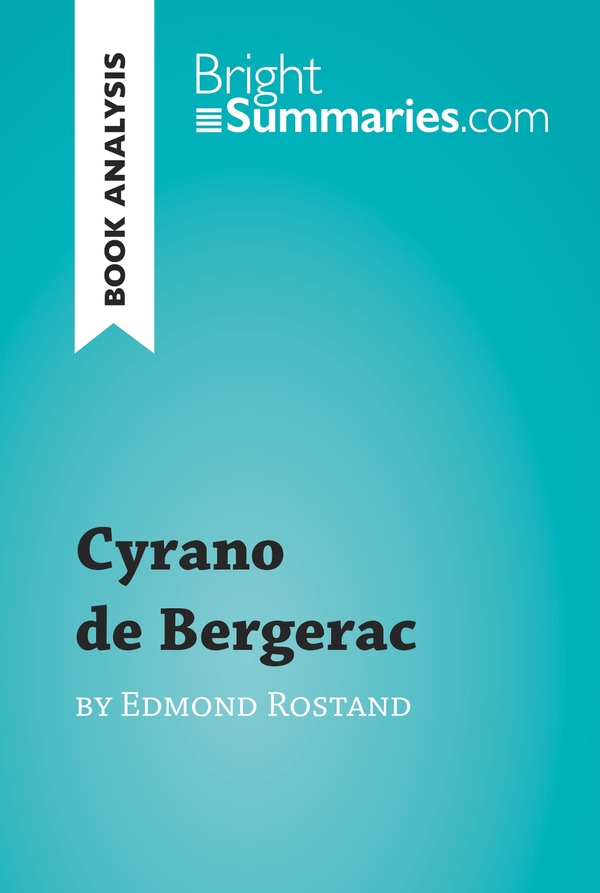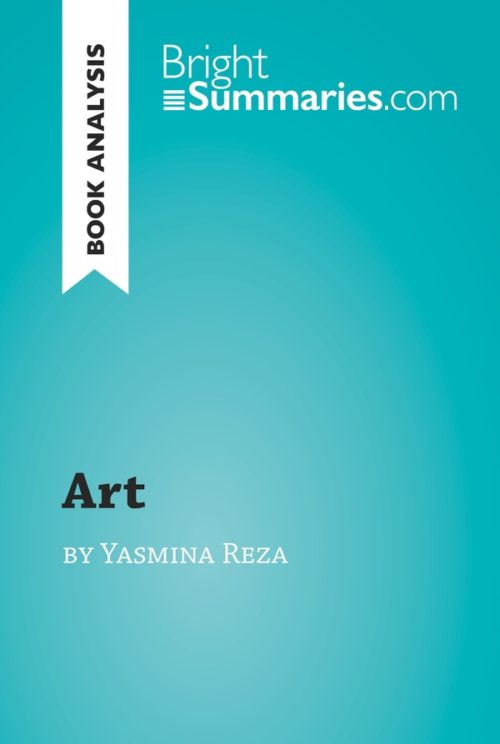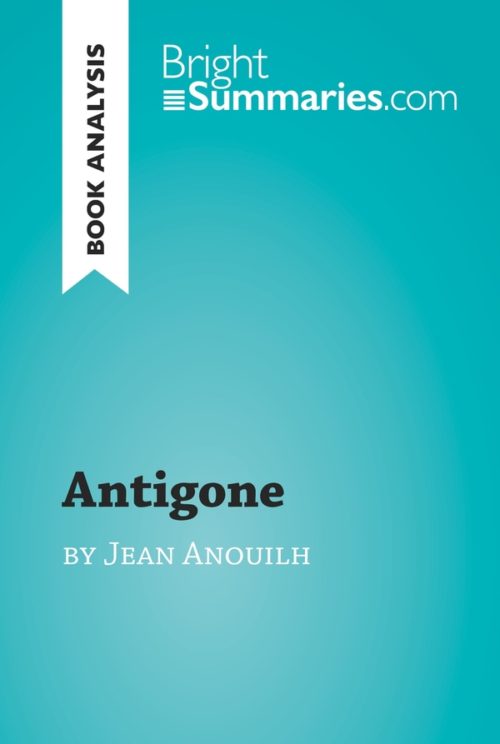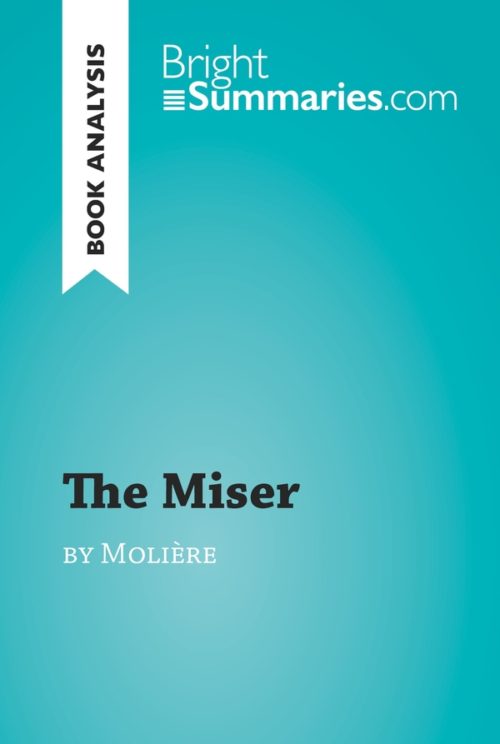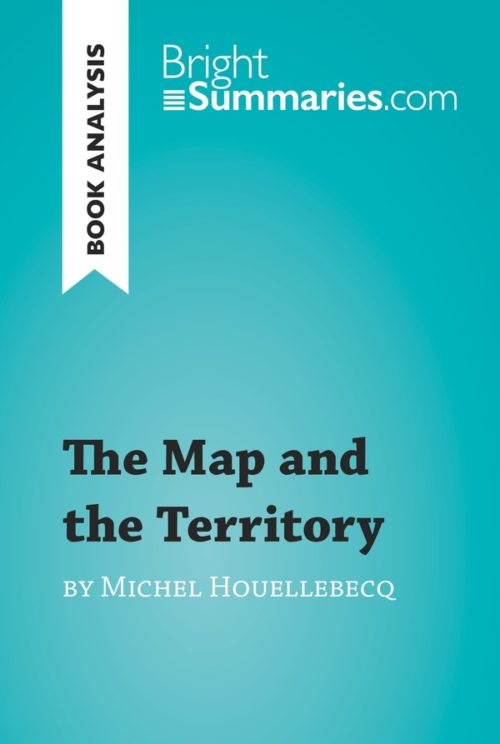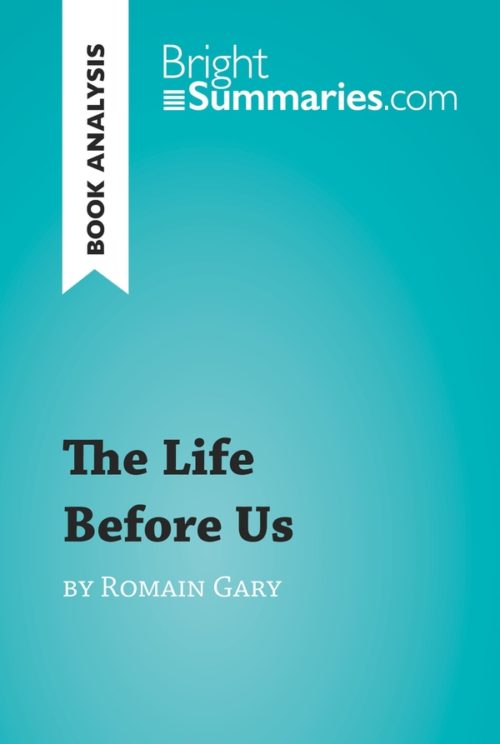Cyrano de Bergerac by Edmond Rostand (Book Analysis)
Cyrano de Bergerac by Edmond Rostand (Book Analysis)
Detailed Summary, Analysis and Reading Guide
Read more
This practical and insightful reading guide offers a complete summary and analysis of Cyrano de Bergerac by Edmond Rostand. It provides a thorough exploration of the play’s plot, characters and main themes, including love, friendship and duality. The clear and concise style makes for easy understanding, providing the perfect opportunity to improve your literary knowledge in no time.
This clear and detailed 23-page reading guide is structured as follows:
- Biography of Edmond Rostand
- Presentation of Cyrano de Bergerac
- Summary of Cyrano de Bergerac
- Character study
- Cyrano de Bergerac
- Christian de Neuvillette
- Madeleine Robin, known as Roxane
- Count De Guiche
- Analysis of Cyrano de Bergerac
- Context of the creation of the work
- The love triangle revisited
- The theme of disguise and duality
- Rhythm and theatricality
About Cyrano de Bergerac
The “heroic comedy” Cyrano de Bergerac is the French writer Edmond Rostand’s most successful work. This five-act play was first performed in 1897, and is set in Paris in 1640. It tells the story of the title character, a cadet in the French army who secretly hopes to seduce his cousin Roxane, with whom he is madly in love. The play was immensely popular when it was first performed, and its success has endured in the years that followed: it has been performed many times throughout the 20th and 21st centuries, and has inspired many film, radio and opera adaptations.
About Edmond Rostand
Edmond Rostand was a French playwright, essayist and poet. He achieved major theatrical success in 1897 with The Woman of Samaria, in which the acclaimed actress Sarah Bernhardt played the leading role, and Cyrano de Bergerac. Although these tend to overshadow the rest of his work, he also wrote a number of other plays, which met with varying degrees of success. In 1901, he was elected to the Academie française, making him the prestigious organization’s youngest member.
Product details
| ISBN | 9782806270351 |
|---|---|
| Publisher | Plurilingua Publishing |
| Collection | BrightSummaries.com |
| Format | |
| Pages | 23 |
| File size | 1.4 MB |

